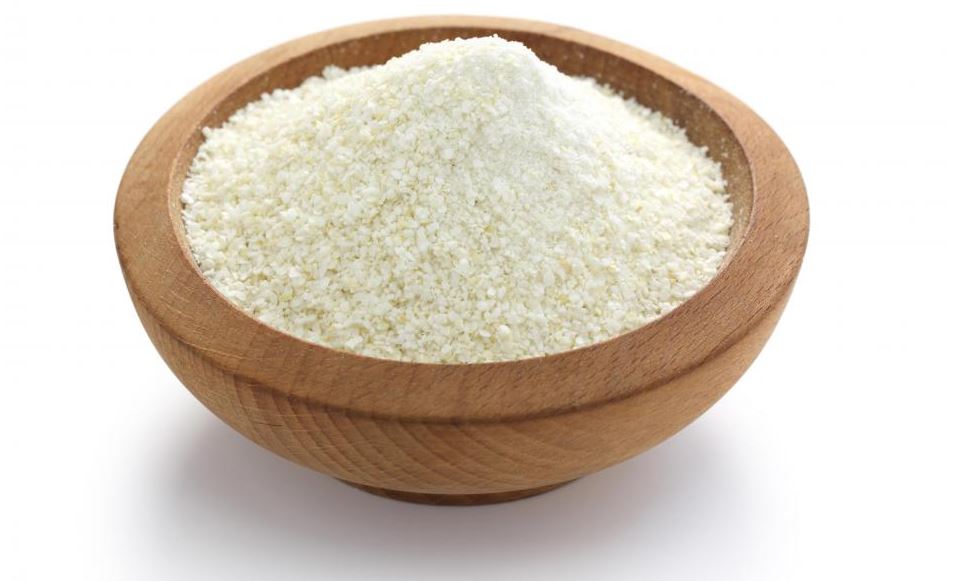
Maize flour. One farmer is boosting the nutritional content of maize with soy beans flour. Photo by Maize Suppliers.
While most families strive daily to eat mineral-deficient ugali, which mainly supplies energy, Joseph Nyangweso is ‘adding value’ to the meal by lacing the flour with protein-rich soy beans.
Soy beans are grown mostly for industrial applications of extracting edible oil by companies like Bidco or fortification of baking and cooking flour.
But the farmer, who has been growing the soy beans for small-scale selling, realised the seeds lost viability after six months if not replanted or sold.
This farmer from the Kisii Migori border town of Nyamarambe sells one kilo of the soy seeds between Sh40 and Sh50.
“The market is poor if one does not have a direct link to companies that require the beans in large quantities. Unlike other beans, maize and other gains, the quality of soy depreciates as time goes by after harvesting. I started trying including it in my maize flour,” Nyangweso said.
The protein content in soy beans ranges from 36 per cent to 56 per cent of grain dry weight. One cup of boiled soy beans that is about 172g gives 29g of proteins, according to the Soybeans 101: Nutritional factsheet.
Just like other proteins, some people have allergic reaction after consumption. Nyangweso carried out some research on the recommended mix ration.
He found out that at least one kilogramme in every four kilos of the maize flour is sufficient. That translates to about 25 per cent of soy beans flour, which should be in the mix.
Classic Foods Ltd CEO Wachora Kariuki says the soy beans content should not exceed 25 per cent as this cause over supply of one nutrient, which may be a threat to health.
Classic Foods processes soy beans into flour and the waste is converted to animal feeds.
Maize is a stable food for more than three quarters of the population.
Apart from energy, maize is a poor source of nutrients like proteins, fats and other minerals such as potassium, iron and calcium among others.
For poor families that cannot afford a balanced diet, fortification has been introduced to cater for those who can buy the flour.
That is why the government of Kenya has made it compulsory for the maize millers, to fortify the flour with minerals to fight malnutrition.
Amaranth seeds are one of the sources of iron and other minerals after grinding.
In adding value to other foods like baking flour, traders are including the soy beans and amaranth seeds to boost the nutritional content for a balanced diet.